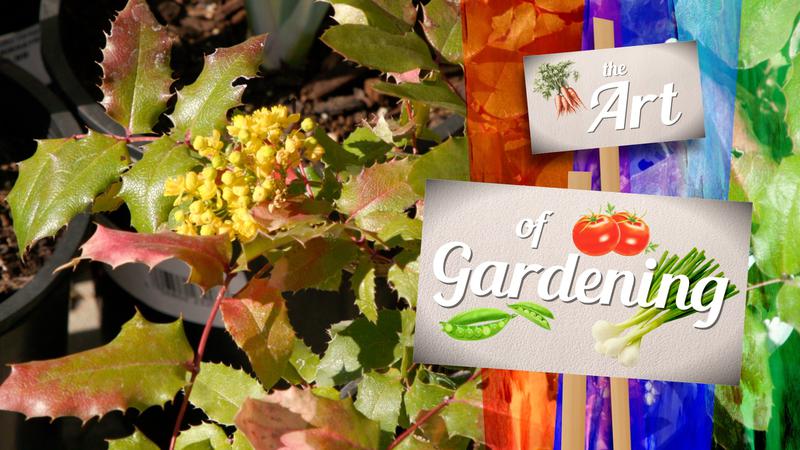Cenotaph vandalism both reprehensible and misguided
KAMLOOPS — The graffiti vandalism at the Kamloops cenotaph that occurred over the holiday season is disturbing on two fronts.
First, the desecration of a revered community monument is outrageous. Second, the words “The native did lots” in the graffiti raise special concerns.
There is no art in this graffiti; it’s vandalism in its crudest and purest form, scrawled with a marker pen. Therefore, we must be careful not to give credence to whatever message — if there really was one — the criminals who did it were trying to convey.
A cenotaph is, in effect, a tomb in absentia for those who gave their lives defending us. It is a place deserving the highest respect. The one in Memorial Hill Park has special historic significance because it was constructed in 1925 to commemorate local soldiers who lost their lives in World War I; the names of those who died in World War II were later added, and those from other conflicts later still.


